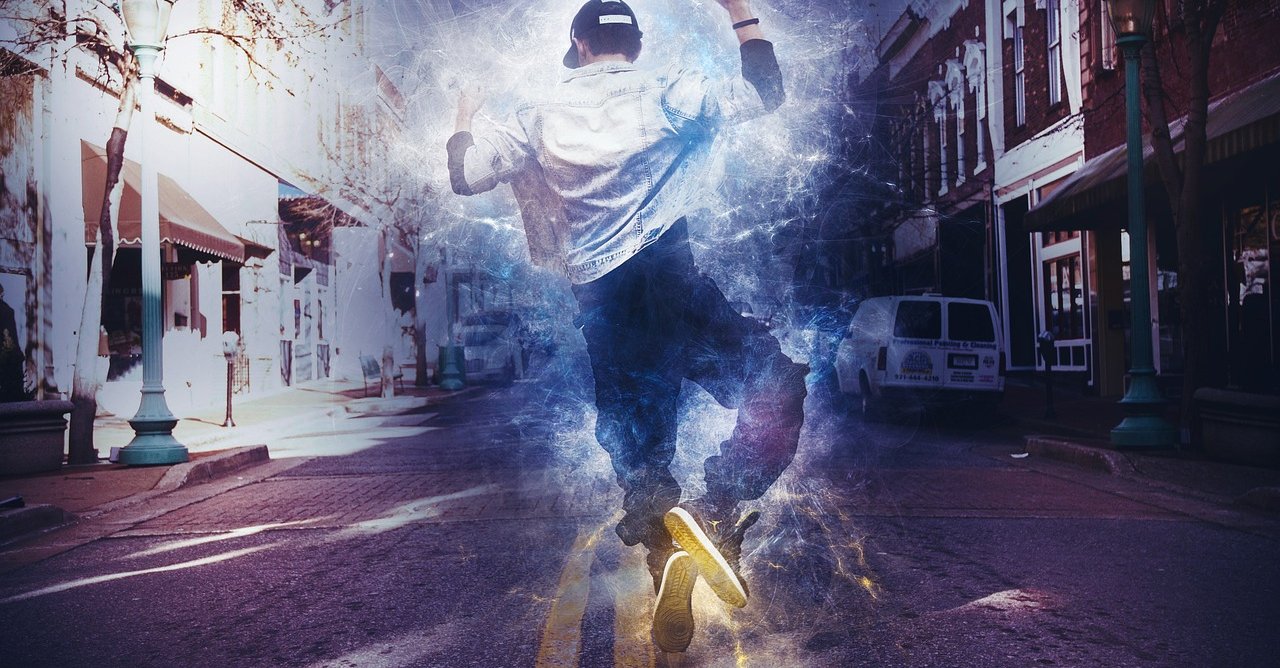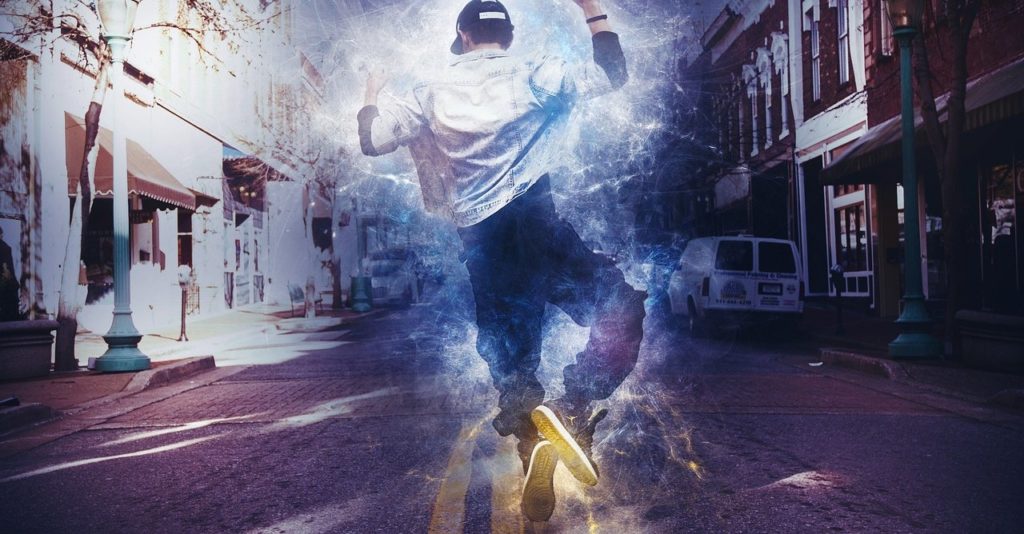This Week’s Insights: Audiences with no critics… Audience biometric art… All the scientists working on understanding music… Are audiences really interested in watching art being conserved?… Bystanders don’t like it when they can’t participate.
- What Happens To The Audience When The Critics Are Gone? Critics were the way we debated art in public. It’s how we learned. It’s how we kept track of who was doing what. But for the most part, dance criticism as we have traditionally defined it is vanishing, probably forever. And no amount of verbiage on how pointe shoes are made or what a dancer eats for breakfast is going to help audience members — not to mention future historians — understand what is happening onstage in today’s dance. “This means that dance is becoming another item in the experiential supermarket, a thoughtless art without a memory. As emerging choreographers come onto the scene — and there’s some very substantive work being made today — it remains unclear as to who will have either the expertise or the outlet needed to discuss the importance of these developing artistic voices.”
- An Audience That Goes All In (Biometrically): Does anyone else think this art installation at the Hirshhorn Museum is just a little creepy? Beautiful too, maybe. The Hirshhorn has an artwork that is generated and powered by visitors’ fingerprints and heart rates. Cool, right? But what about the data collected by this piece? Are you willing to just “give” away your fingerprint? This piece is literally made up of pieces of the audience, prompting questions about how you participate.
- Scientists: How Humans Respond To Music: It used to be that such research went little further than asking about reactions and observing. No more. Contemporary work on music perception embraces a variety of disciplines and methodologies, from anthropology to musicology to neuroscience, to try to understand the relationship between music and the human mind. Researchers use motion capture systems to record people’s movements as they dance, analyzing the gestures’ relationship to the accompanying sound. They use eye tracking to measure changes in infants’ attentiveness as musical features or contexts vary. They place electrodes on the scalp to measure changes in electrical activity, or use neuroimaging to make inferences about the neural processes that underlie diverse types of musical experiences, from jazz improvisation to trance-like states to simply feeling a beat.
- Rule One: Bring The Audience Inside The Process: Research shows that people love behind-the-scenes stuff. They like to see how things are made, the secrets behind the final product, the process. But some museums have started showing conservators restoring artworks. Is there really much to see? While it undoubtedly generates interest, what is actually gained from watching conservators working? Conservation has become an increasingly painstaking and intricate process, in which the conservator might sit for hours peering through a binocular microscope making, at the most, small twitching movements with a cotton swab or scalpel, or entering extensive documentation of observations on a computer. This has limited appeal for a visitor.
- Just For Fun: The Silent Discos That Are Still Too Loud: It’s a thing in Edinburgh. Crowds dancing through the streets wearing headphones and dancing. Silent discos are dance parties where revellers wear headphones instead of listening to music from a speaker system. In some cities, tourism companies have incorporated the trend into their walking tours. “You’ve got people walking about and suddenly they break into dance to music you can’t hear.” So who’s to complain? Neighbors, evidently. While the music is silent, the sounds of people having a good time are not. And – perhaps most important – there are people out there who just can’t stand to see others having a good time to something they can’t participate in.


Leave a Reply